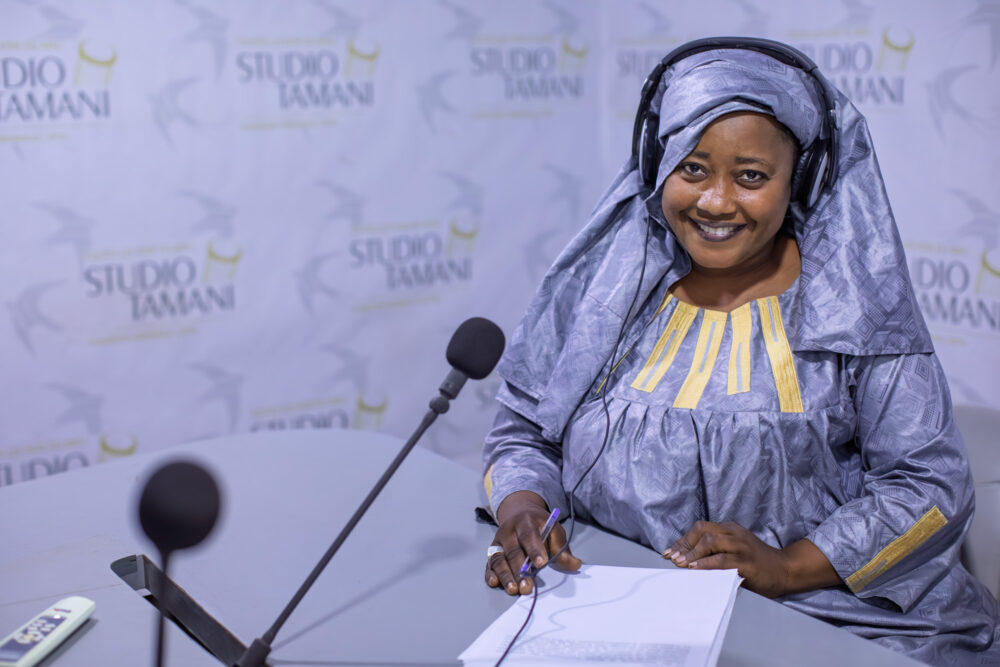
Dr. Emma Heywood is a lecturer in journalism, radio, and communication at the University of Sheffield, and an expert on the role of media in conflict-affected regions. Her research focuses on media and gender in West Africa, where she leads several projects on the influence of radio in empowering women and challenging gender stereotypes.
What are the most common gender stereotypes you’ve observed in local radio stations in the Sahel, and how do they influence perceptions of social roles?
In conflict contexts like the Sahel, traditional gender roles tend to be reinforced. Men are often portrayed as protectors or aggressors — the ones who go to the frontlines — while women are relegated to domestic support roles. This is reflected in radio practices: women journalists often have to fight to be heard during editorial meetings, and they are rarely given the opportunity to pitch their ideas. They are generally assigned so-called “social” topics, such as family, health, or well-being, while men cover politics, economics, or sports. Ironically, in conflict zones, these so-called “social” topics often involve extremely harsh realities such as gender-based violence — issues that deeply resonate with women journalists. They are also less likely to be assigned field reporting due to prejudices about their intentions or logistical constraints related to travel and accommodation.
These stereotypes influence how young women perceive their place in society and in the media. Many try to resist these roles — often inspired by social media — but they face obstacles: pressure from male relatives, employers, or even their own colleagues, who themselves are shaped by the same norms. As for young men, the pressure to conform to an idealized masculinity can lead to frustration… and in some cases, domestic violence as a reaction to a loss of social bearings.
Have you observed cases where radio successfully challenges these stereotypes and promotes a more balanced image?
Yes, there are some very inspiring examples. There are powerful portrayals of women in non-traditional roles. A program by Studio Yafa (Burkina Faso), for instance, featured a female mechanic — this kind of content is crucial, especially when it showcases local women with whom listeners can identify. When the audience hears about a woman from a neighboring town who became a local councilor or a business owner, it can shift perceptions and spark change. Some programs created by women and aimed at women also have a strong impact. And although they target a female audience, these programs are also listened to by men — which is essential, since men are often the decision-makers. These platforms help women gain confidence, work in teams, and express their voices without needing male validation.
What strategies can media adopt to support gender equality in fragile contexts like the Sahel?
First, awareness among editors is essential — many don’t realize the additional challenges women face. Recruitment policies also need to be reviewed. Many radio stations require academic qualifications that many women don’t have due to systemic inequalities, excluding them from the start. Valuing potential rather than just academic credentials and providing ongoing field training would be key levers. Work arrangements must also be adapted. Domestic responsibilities weigh more heavily on women, and assumptions about their availability limit their chances of being sent on assignment. Editors sometimes have to negotiate with husbands for women to work late or travel. Women should not be penalized for being married or mothers.
Finally, they must have access to all types of reporting — politics, economics, conflict — not just so-called “women’s issues.” This enhances their professional status and also gets audiences used to hearing women speak on all topics. Changing audience expectations is a long process — but through the media, it happens gradually, drop by drop.

